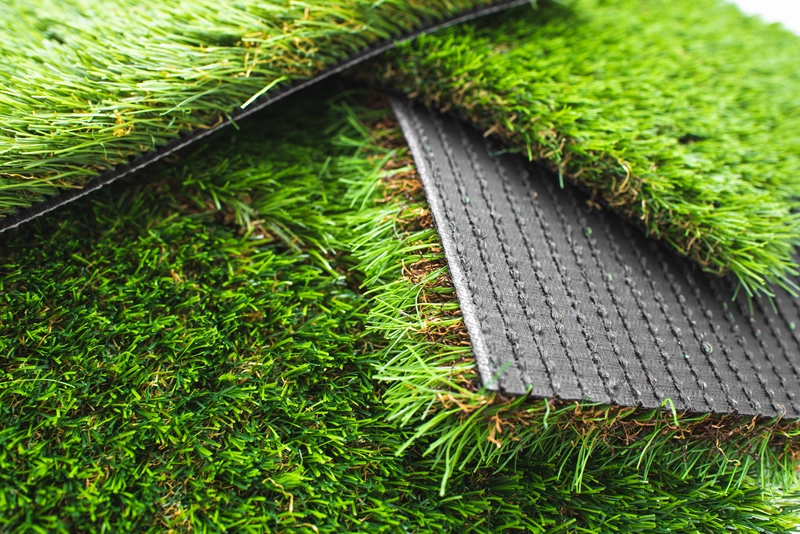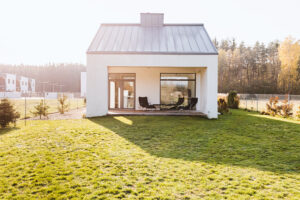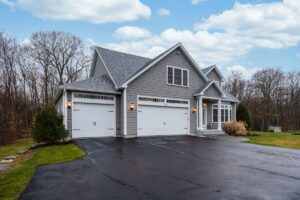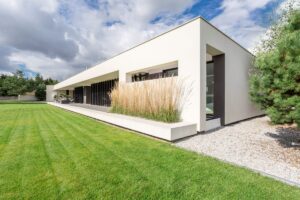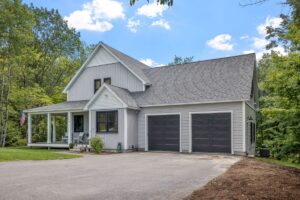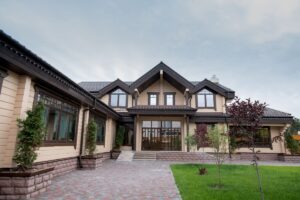Many homeowners use the terms artificial grass and artificial turf interchangeably, but is there really a difference between the two? Understanding the nuances can help you choose the right product for your landscaping or sports field needs. In this blog, we’ll break down the differences between artificial grass and artificial turf, their unique uses, and which option is best for you. For more information on artificial turf and its benefits, check out our guide on Artificial Turf in San Carlos.
Artificial Grass vs. Artificial Turf: The Basics
At a glance, artificial grass and artificial turf may seem identical—they’re both synthetic surfaces designed to mimic the appearance of natural grass. However, the term “artificial turf” is often used in reference to synthetic surfaces specifically designed for sports fields and other heavy-use areas, while “artificial grass” is commonly used to describe residential or commercial landscaping products.
Though both are made from similar materials, such as polyethylene, polypropylene, or nylon, the key differences lie in the intended use, design, and performance of each product.
What Is Artificial Grass?
Artificial grass is typically used for residential and commercial landscaping. It’s designed to mimic the look and feel of natural grass while offering a low-maintenance, eco-friendly solution for homeowners. Artificial grass is softer than artificial turf and is ideal for areas where aesthetics and comfort are important, such as lawns, playgrounds, and garden spaces.
Artificial grass is manufactured to have a realistic texture, complete with blades of different heights and colors to replicate the appearance of natural grass. The primary benefits of artificial grass include:
- Low Maintenance: Artificial grass eliminates the need for mowing, watering, and fertilizing, saving homeowners time and money.
- Water Conservation: Because it doesn’t need to be watered, artificial grass is an environmentally friendly choice for areas prone to drought, like San Carlos.
- Year-Round Greenery: Artificial grass stays green and vibrant regardless of the weather, making it an ideal solution for homeowners who want a beautiful lawn year-round.
Artificial grass is also soft and safe for children and pets, making it a popular choice for residential backyards, playgrounds, and pet-friendly spaces. Its primary function is to provide an attractive, hassle-free lawn that looks great in all seasons.
What Is Artificial Turf?
Artificial turf, on the other hand, is designed for high-traffic, heavy-use environments like sports fields, arenas, and training facilities. The term “turf” is more commonly associated with athletic fields because of its durability and ability to withstand intense use.
Artificial turf is typically made with shorter, denser blades than artificial grass, which makes it more resilient under heavy foot traffic. It’s engineered to provide a flat, uniform surface that ensures optimal performance for athletes. Key benefits of artificial turf include:
- Durability: Artificial turf is designed to endure rough use and high-impact activities, making it ideal for sports fields that see frequent games and training sessions.
- Safety Features: Artificial turf is often designed with shock-absorbing layers and infill materials to reduce the risk of injury for athletes.
- Consistency: Unlike natural grass, which can develop uneven patches or wear down over time, artificial turf provides a consistent playing surface throughout its lifespan.
Due to its specialized design, artificial turf is commonly used in professional and amateur sports fields, schools, and recreational centers. While it may not offer the same soft texture as artificial grass, it excels in providing a durable and reliable surface for active use.
Key Differences Between Artificial Grass and Turf
Although both artificial grass and turf are made from synthetic materials, their differences become clear when you look at their specific uses and design elements:
1. Purpose
- Artificial Grass: Primarily used for residential and commercial landscaping to enhance aesthetic appeal.
- Artificial Turf: Designed for sports fields and high-traffic areas where durability is essential.
2. Texture
- Artificial Grass: Softer and more realistic in texture, designed to feel like natural grass underfoot. Ideal for homes, playgrounds, and gardens.
- Artificial Turf: Denser, with shorter blades designed for durability and performance rather than appearance. Suitable for athletic fields and other heavy-use environments.
3. Durability
- Artificial Grass: While durable, it’s best suited for moderate use in residential or commercial settings. Regular maintenance can extend its lifespan.
- Artificial Turf: Highly durable and engineered to withstand heavy foot traffic, making it ideal for sports fields and recreational facilities.
4. Infill
Both artificial grass and turf use infill to support the blades and improve the performance of the surface. However, the type of infill used often differs:
- Artificial Grass: Often uses silica sand or rubber infill to provide a soft, natural feel and improve cushioning for residential lawns or play areas.
- Artificial Turf: Typically uses rubber or specialized infill materials to enhance shock absorption and traction, making it suitable for sports activities.
Which Option Is Right for You?
Choosing between artificial grass and artificial turf depends on your specific needs. If you’re looking to enhance the appearance of your lawn, garden, or play area with a soft, low-maintenance solution, artificial grass is likely the best option. It’s designed to provide a natural look and feel, making it perfect for residential landscaping and light recreational use.
On the other hand, if you need a surface that can withstand heavy foot traffic, rough play, or athletic activities, artificial turf is the better choice. Its durability and performance features make it ideal for sports fields, training facilities, and other high-traffic environments.
When selecting the right product for your property, consider factors like usage, location, and budget to ensure you choose the best solution for your needs.
Ready to Transform Your Lawn with Artificial Grass?
Whether you’re looking to upgrade your landscaping or install a durable surface for recreational use, artificial grass and turf offer a wide range of benefits. If you’re ready to enhance your outdoor space with a low-maintenance, eco-friendly solution, we’re here to help. Learn more about the benefits of synthetic grass by visiting our page on Artificial Turf in San Carlos. For personalized advice or to schedule a consultation, schedule a consultation with our team today.
